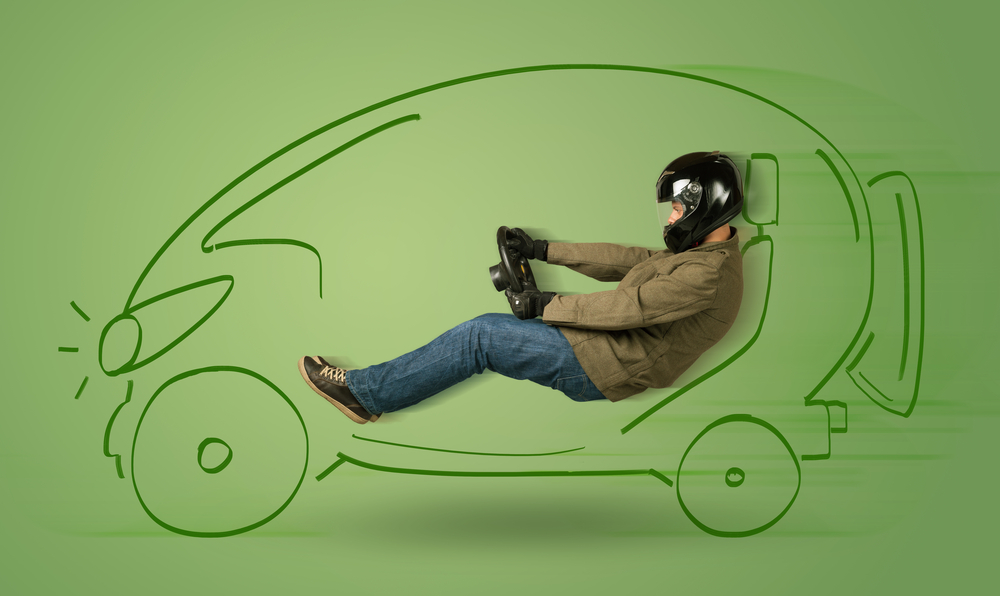The topic of self-driving cars came up while I was on a drive with a friend over the 4th of July weekend. Fully autonomous cars are a technology innovation that is currently being developed right now. Google, Tesla, BMW, Audi and Nissan are amongst the companies working on a self-driving car. Apple is rumored to be working on one as well. These are automobiles that will drive you from point A to point B without any driver interaction. They are predicted to be on the road by 2019. Self-driving cars are laden with so much technology that companies have been presenting them at consumer electronic shows instead of auto shows.
Henry Ford brought the automobile to the masses by developing an innovative way to manufacture them. The accessibility to cars was one of the most impactful disruptive innovations in history. The automobile and driving became rooted in American culture. Automobile enthusiasts view the driving experience as an involvement between man, machine and the road. The sensory connection creates an experience that enthusiasts value. Remove that experience and you alter the value proposition of a car. Identifying the value proposition is the key point. This is how companies or products solve or satisfy people’s needs.
So, lets call self-driving cars what they really are. They are a mechanism based on technology that will take a person from one point to another. Fully autonomous cars would appear to be more of a disruptor to our public transport system, than to the automobile industry. With public transportation, you are beholden to schedules and crowds. We live in a period where the on-demand economy is the rule. We live at the expectation between choice, convenience, independence and technology. We want control over what we want, when we want it and how we want it. We want everything, from our products, marketing and messaging, to be individualized (not personalized, there is a difference) for us. Public transportation has none of these qualities.
How you define a product can change the way you view the value to its user. This can change how you see the innovation opportunities and adjacent channels, markets or technology around that product.
Think of the differences between these two statements:
“I took my fully automated car to the office today”
“I took the automated personal transport to the office today.”
Each sentence produces a different scenario, reaction and insight to how we will use an autonomous vehicle. They each open up a different window into an adjacent space. By analyzing the value proposition and the mechanics of the value creation, one can begin to compare adjacent systems, technologies and products that have a similar value proposition. This can create connections, opportunity and innovation within creative and design thinking processes. Netflix is a perfect example of this innovation process. Once left for dead, Netflix stuck to Reed Hastings’ vision to stream movies over the internet by connecting an adjacent industry to its value proposition. Its new original programing fit within the intersection of choice, convenience, independence and technology for their customer. Netflix proved that it could build a disruptive innovation by combining existing platforms together. Its original value proposition stayed the same, but it fulfilled a demand with resources by connecting an adjacent industry with technology to its user’s needs.
As autonomous vehicles develop further and we begin to look at the impact they have on technology, the economy, society and regulations, it’s important to focus on what their value is and not to create solutions that are based on a shortsighted perception of its purpose. Design thinking has the ability to visualize the roadmap (pun intended) of an emerging technology platform and its commercial and consumer framework. It’s too early to know how the self-driving automobile platform will develop, but we can get a glimpse of it’s potential by studying Uber’s success. By focusing on its value proposition, the next disruptive innovation could be right around the bend.
